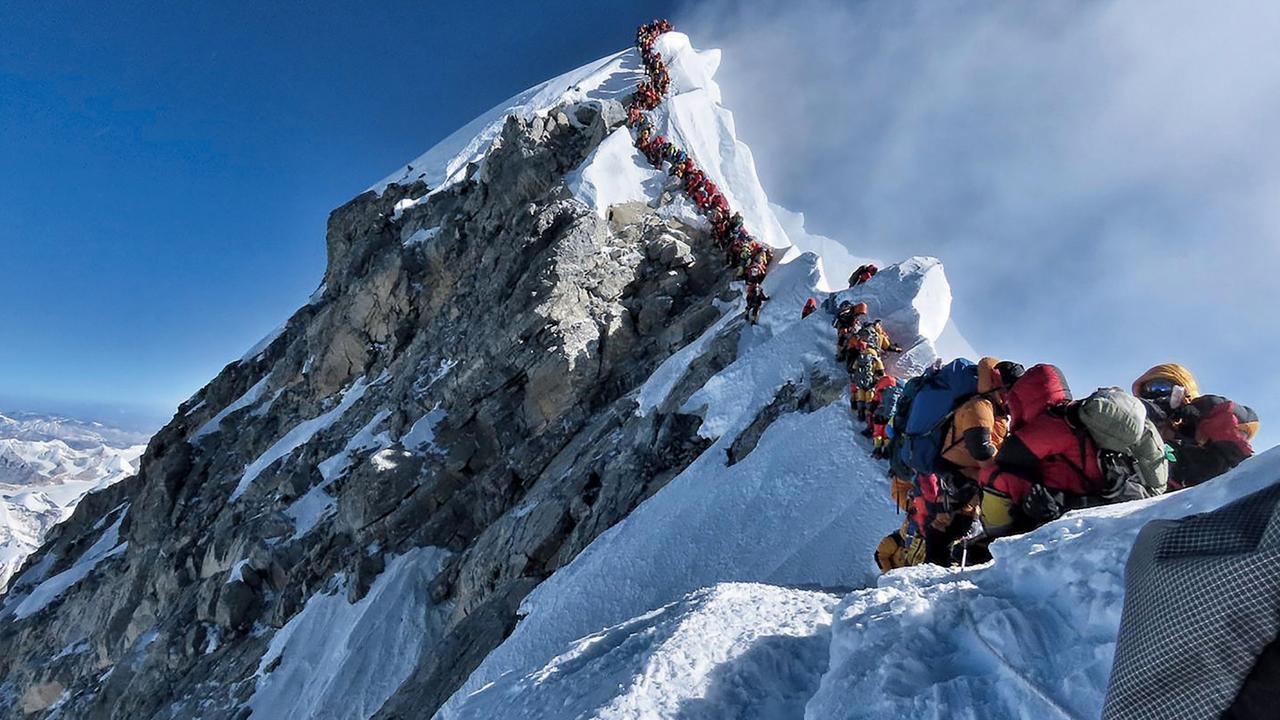A hard day's night at Le Mans
A GRAND prix of endurance and efficiency - the 24-hour Le Mans is also a showcase for prototypes. This year, Audi came out the victor.

THE first thing that you notice as a spectator of the 24 Hours of Le Mans endurance race in France is the noise. This of course is nothing new to seasoned motor-racing spectators.
The incredibly loud roar of race-car engines is part of the attraction of actually being there rather than watching it on television. But for a race that runs continuously for 24 hours over a 13.6km circuit, the constant roar of engines and the screeching of tyres just becomes part of the background. It's surely the only spectator sport where the cheering of the crowd is basically inaudible.
This year, however, for the 80th running of the 24 Heures du Mans, to give it its native tongue, there was a slightly different sound on the track. It was the unmistakeable whirring of Audi's R18 e-tron quattro car - two of them, in fact. This diesel hybrid sportscar is remarkably quieter than the other race-car engines competing this year. You could identify the Audi hybrids with your eyes closed.
This year was the year of the hybrid at Le Mans and even before the race began it was billed as a showdown between Audi, the defending champion, racing four cars - two diesel hybrids and two conventionally powered R18 ultra vehicles - and Toyota, which had not raced at Le Mans since 1999 and was back with two hybrid cars.
It was a glowing success for Audi, which took out a one-two-three win with the hybrids in the first two spots. For Toyota, it was less so. In the fifth hour of the race one of its cars was accidentally nudged by a slower Ferrari as it was trying to overtake it. The Toyota took flight and cartwheeled down the track sending its driver, Brit Anthony Davidson, to hospital with two broken vertebrae. Its second car suffered mechanical problems and retired in the 11th hour of the race.
The win by Audi with its hybrid technology was a success on two fronts. One, it reaffirmed the marque's dominance in endurance racing (it has won 11 of the past 13 Le Mans). Second, it was also a much-needed jolt of relevance for a sport with a goal of improving the reliability and performance of road cars through engineering improvements made to meet the gruelling demands of driving at top speed for 24 hours. Unlike Formula One, where teams focus on making vehicles that run feverishly for a few hours, endurance events such as Le Mans are more about building sporty but reliable machines that can run flat-out for 24 hours, with only brief pit-stops to take on fuel, replace worn tyres and swap drivers.
The 24 Hours of Le Mans is the world's oldest active sportscar race and is held each June from the town of Le Mans, southwest of Paris on the Sarthe River. The race starts at 3pm on a Saturday and concludes at 3pm the following day. Race teams have to balance speed against their cars' ability to run for 24 hours without sustaining mechanical damage as well as managing the cars' consumables, such as fuel, tyres and brakes. The Le Mans circuit (officially known as the Circuit de la Sarthe) is made up of public roads and permanent track and requires drivers to cope with the rough, uneven surfaces that everyday motorists face. As well as being robust, to compete successfully Le Mans cars also need efficient fuel economy and to be extremely stable when driven at high speed. The winning Audi hybrid, in the hands of German driver Andre Lotterer, completed 378 laps of the course at an average speed of 240 km/h.
The distance travelled in the 24 hours is roughly the equivalent of driving from Brisbane to Perth via Sydney, Melbourne and Adelaide.
Originally the race was held for cars as sold to the general public, which is what gave certain vehicles the name sportscar, as opposed to the specialist racing cars used in Formula One and the like. Over time, however, the competing vehicles evolved from their road-car roots and today the race is made up of two classes: prototype sportscars and grand touring cars, which more closely resemble road cars.
Since 1955, when a car crashed into a crowd of spectators and killed more than 80 people, a great deal of attention has gone into the safety of the event. Due to the speed of the cars and the strain it puts on the drivers, an individual is not allowed to drive for more than four hours consecutively and no one driver can run for more than 14 hours in total. The Le Mans start, whereby the cars were lined up along the length of the pits and the drivers stood on the other side of the track until the French flag was dropped, was abandoned in 1971 in favour of a rolling start.
Virtually since the beginning of the automobile age, car manufacturers have been using motor racing as a way of showcasing their latest designs. The competitive factor encourages car designers to improve existing technologies and devise new ones. A win at Le Mans puts a sporting gloss on a brand's showroom models. Failure, on the other hand, has the potential to spell disaster, as Mercedes-Benz discovered in 1999 with its CLR prototype. In that year's race, a CLR became airborne while hurtling down the straight and flipped before landing in the woods beyond. It wasn't the first time either, the CLRs flipped twice during a practice session on the track. No one was seriously hurt but the stability problems were enough to make Mercedes-Benz withdraw from the race and abandon its motor sports program before it did serious damage to its public image.
The financial costs of competing seriously at Le Mans are astronomical but the benefits that winning brings can drive new car sales of a particular brand for years. Given the phenomenal investment required to compete at this level, today Le Mans is as much a marketing opportunity as it is a laboratory for testing new car technologies. Audi had by far the biggest presence of any car marque at the event this year with five different hospitality suites around the track, a fleet of Audi cars to ferry guests from suite to suite over the 24-hour period and a purpose-built hotel for the few guests who wanted to get some sleep in the small hours.
At the race this year WISH decided to attempt a few hours' sleep during the night but our journalistic curiosity got the better of us. So at 4am it was time for a pit-stop tour. Accompanied by a guide, we were shown through the pit area and got a first-hand look at what goes on when a car comes in for a fuel, tyre and driver change. The pit crew slowly get up from their chairs, have a bit of a stretch, put on their safety gear and then when the car drives into the pit lane it all seems to happen in a blink of an eye. There is no room for error here and it is perhaps the greatest display of teamwork in sport. Then it's back to rest.



